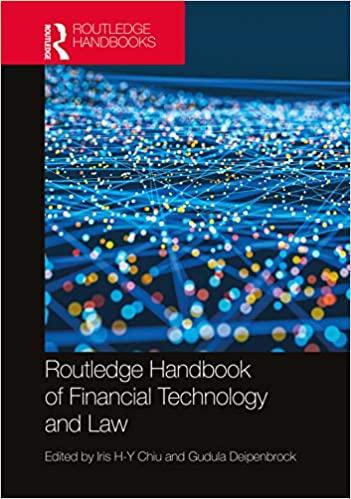Answered step by step
Verified Expert Solution
Question
1 Approved Answer
Please explain how the instructional strategies used in this activity (steps 1-15) encourages students development of critical thinking, problem solving, and performance skills in mathematics.
 Please explain how the instructional strategies used in this activity (steps 1-15) encourages students development of critical thinking, problem solving, and performance skills in mathematics. http://web.archive.org/web/20160107112957/http://alex.state.al.us/lesson_view.php?id=24101
Please explain how the instructional strategies used in this activity (steps 1-15) encourages students development of critical thinking, problem solving, and performance skills in mathematics. http://web.archive.org/web/20160107112957/http://alex.state.al.us/lesson_view.php?id=24101
Step by Step Solution
There are 3 Steps involved in it
Step: 1

Get Instant Access to Expert-Tailored Solutions
See step-by-step solutions with expert insights and AI powered tools for academic success
Step: 2

Step: 3

Ace Your Homework with AI
Get the answers you need in no time with our AI-driven, step-by-step assistance
Get Started


